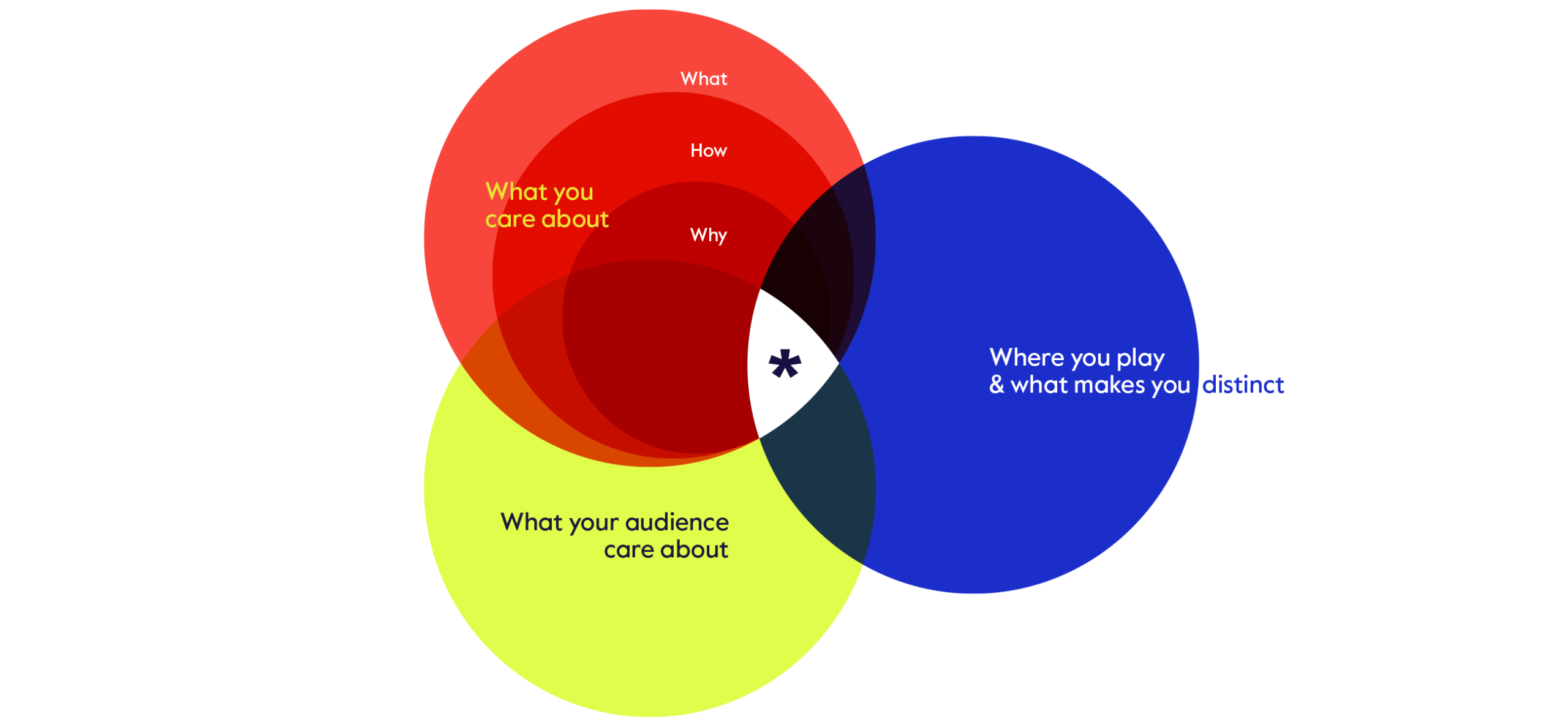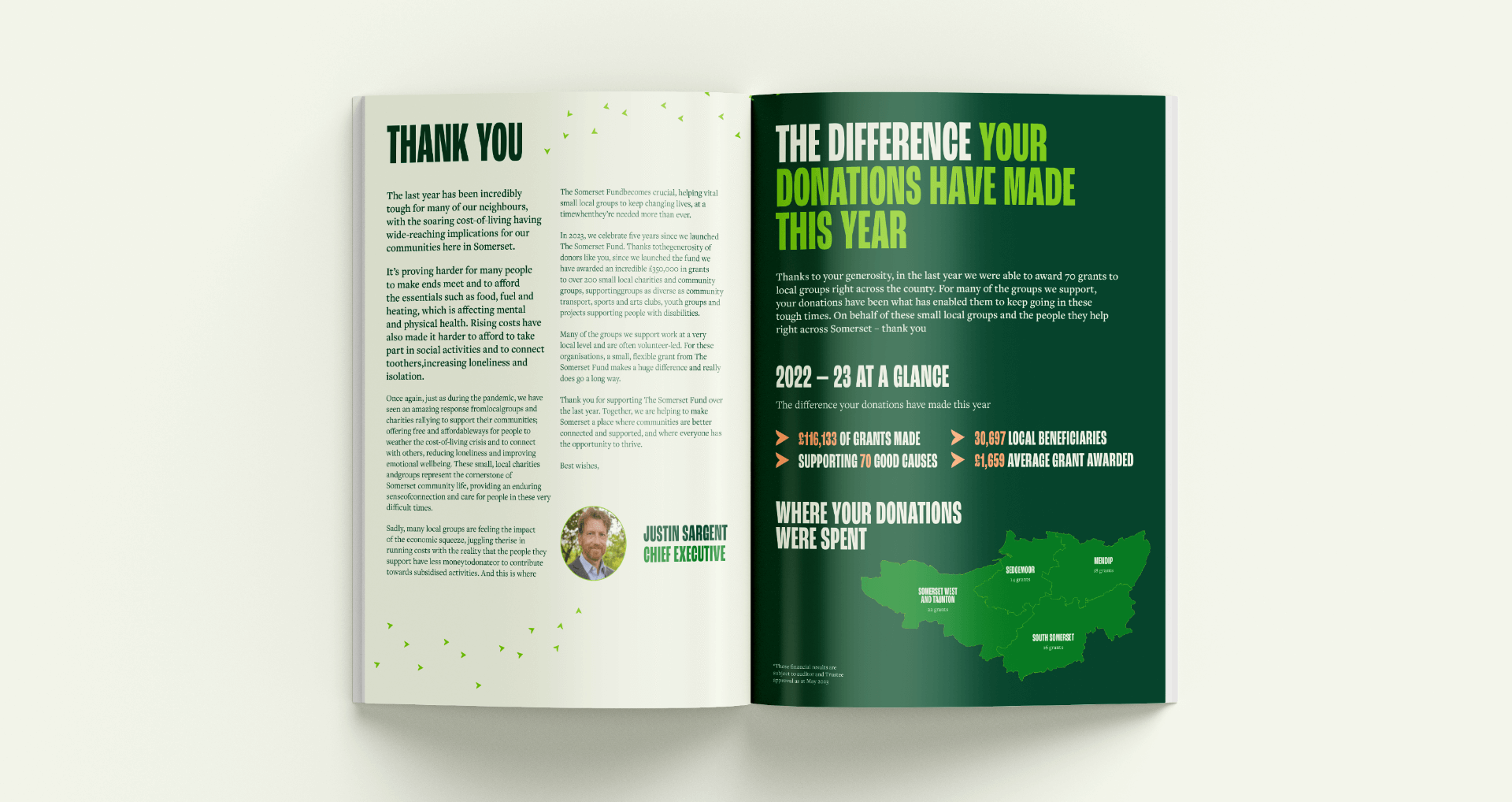What’s the secret ingredient to a successful rebrand project?
There’s one major underplayed factor that affects the success of any rebrand. Here’s what can go wrong and the special ingredient needed to get your project just right.
A rebrand is a major undertaking – expensive, not without risk, yet totally transformative if you get it right. A successful rebrand gets to the essence of who you really are as a business and sends the right message out, the catalyst to help you attract the right people, reach new audiences, and leap confidently forward as an organisation, increasing the impact you make as a result.
The world is changing fast and we know that many CEOs and marketing leads will be reviewing their brand and positioning this year. So, what’s the secret ingredient to getting your rebrand project right? And what elements are missing from the typical process?
Brand strategist Sue Bush and I have worked together on some fascinating rebrand projects recently, and as we head into 2023, we’ve been reflecting.
We think there’s one major underplayed factor that affects the success of any rebrand. With the benefit of experience, here’s what can go wrong and the special ingredient needed to get your project just right.
 Two common reasons why rebrands go pear shaped
Two common reasons why rebrands go pear shaped
We’ve all seen rebrands that bomb, with stressed out project teams and an end result that disappoints. But why?
Inward-looking discovery
Too much time looking inwards. Where the project might spend a little time reviewing the competition but what the audience cares about gets a cursory review at best. The result? Inward-looking ‘me, me, me’ messaging and a brand, website and comms that fall flat when released into the wild.
 Rotten tomato syndrome
Rotten tomato syndrome
Internal disagreement. Where somebody important hurls doubt – rotten tomatoes – at the creative brand idea late in the day, knocking it down, leading to lots of infighting and a watered down, ‘meh’ type of brand results.
So, how do we avoid this?
The secret is to engage more widely
If you want a successful rebrand that gets to the heart of your message, it’s important to engage widely – not just internally but externally too.
As with much in life, it’s that so-called soft stuff that is the hardest to do right and with a rebrand it’s the key ingredient that makes all the difference between success and failure.
Continual, wide engagement is essential for a successful rebrand.
External engagement and listening

Internal listening and discovery is vital. It’s so important that people inside the organisation have their say, that you understand what they care about and harvest their ideas. And you need to set the rebrand in context and conduct research into your market and competition. Both of these elements are key to disovery.
But the bit that’s often missed in a rebrand process is external listening – spending time gathering the views of outside stakeholders – clients, partners, referrers, people who use your services. This external engagement is rare.
External research holds a mirror up to your organisation – it helps you see who you are and what you do from the outside in. And that’s massively valuable, because people on the outside can always see things more clearly. As David C. Baker wisely says, when you’re inside your own jar, you can’t read the label.
Spend time talking to them and you’ll learn where your true value lies.
Your brand isn’t what you say it is. It’s what they say it is.
Marty Neumeier, The Brand Gap
This outside perspective is so key if you want a relevant, powerful brand that connects – one that’s more ‘you, you, you’ than ‘we, we, we’ – their words, not yours reflected back.
Bringing in these external voices to the process puts a stop to rotten tomato syndrome too. It’s hard to argue with the views of external stakeholders, engaging everyone in a strong brand idea that’s rooted in evidence.
Engagement at the creative stage
Engagement shouldn’t just end on completion of the discovery phase. It’s also vital to keep people engaged when you get into the creative, involving a wide cross section of people from across the organisation into co-creation sessions. Creatives don’t have a monopoly on good ideas.
I think as designers, we’re addicted to the ‘jazz hands’, the big reveal, but creatives don’t have a monopoly on good ideas. Bring people in on it through co-creation.
Sue Bush, The Co-Foundry
Engage internal experts to help write the website
We’ve talked about research, we’ve talked about creative; you’ve delivered the brand guidelines, the tone of voice is written. How can you continue to engage people?
After the rebrand, the first major touchpoint is usually the website, and it’s the content side that often slows this down. It’s a big job, and the expertise and ideas you need to communicate on the site are found inside your organisation. You can’t leave this to an external copywriter alone – it’s important to engage your internal experts to help you write the content you need. It can be a really fulfilling process for people, if you engage them in this process in the right way.
Never stop engaging
Once you have delivered the brand, you’ve delivered that website, you’ve got to keep everyone on board. It depends on the size of the organisation – if it is very small, then it’s an easy thing to communicate and manage. But the bigger the organisation, the more of that engagement you need to do in terms of embedding values, communicating your vision, your mission, etc. So there’s still work that has to be done there.
Engagement never really stops. You mustn’t then retreat back into your shell and stop engaging and communicating in that way.
The secret to a successful rebrand is a high level of engagement
The secret to a successful rebrand isn’t just great creative or top down. It’s a people thing – it’s engagement, the soft fluffy stuff that is the hardest thing of all and exactly the kind stuff that makes a project succeed or fail.
Get the engagement right and your rebrand has a far better chance of landing with your audiences – inside and out. You’ll get a message that everyone gets behind because you’ve brought in people’s voices from the outside as well as within. You’ll get a project that they’ve enjoyed, one they remember for all the right reasons. And you’ll get a brand that propels your organisation forward, so you can make an even bigger impact.
If you have a rebrand project on the cards this year, the one thing you can take away from this is the importance of a high level of engagement throughout.
Author: Sonja Nisson

 Two common reasons why rebrands go pear shaped
Two common reasons why rebrands go pear shaped Rotten tomato syndrome
Rotten tomato syndrome




